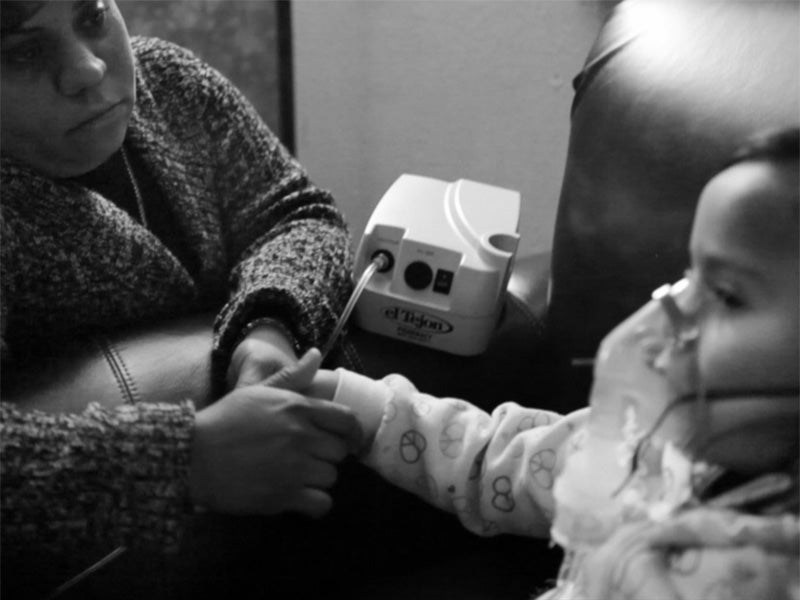MATES Study Confirms Air Progress in LA Areas, But Safe Air Hasn’t Been Achieved for All
Breathing toxic air has consequences far worse than we originally thought. The recently released 2014 Multiple Air Toxics Exposure Study indicates progress on air pollution, but also highlights that the fight for clean air isn't over yet.

This page was published 11 years ago. Find the latest on Earthjustice’s work.
Breathing toxic air has consequences far worse than we originally thought. Cancer. Asthma and other lung diseases.
Today, the Governing Board of the South Coast Air Quality Management District will hear results on air pollution progress from the 2014 Multiple Air Toxics Exposure Study (MATES). This study, the fourth of its kind, was released Thursday. It indicates progress on air pollution, but also highlights that the fight for clean air isn't over yet.
Over the years, MATES has evolved. It’s been a useful tool in assessing how toxic the air is to breathe in the South Coast Air Basin, which includes urban portions of Los Angeles, Riverside, San Bernardino counties and all of Orange County. It has been a helpful resource to support our understanding of the major sources of toxic air and how they need to be controlled.
In years past, it has even assisted in identifying diesel exhaust as one of the largest drivers of cancer risk in the region, a finding which led to significant efforts to remedy the hazard. It also gave the South Coast Air Quality Management District a green light to push the Ports of Los Angeles and Long Beach to clean up their acts.
The newest version of MATES shows a 65 percent drop in cancer risk to Californians since 2005. At full disclosure, the report doesn't factor more regional air pollution problems like smog or ozone pollution which impacts all residents of the region. Despite the good news we need to remain cautious not to let this study indicate victory.
Cancer risks, even with this reduction in pollution, are still too high in a region where living by freeways and rail lines is a daily breathing hazard for people of diverse backgrounds. It remains to be unsafe to breathe in many parts of the region and that’s not acceptable for any community.
California’s Office of Environmental Health & Hazard Assessment (OEHHA) has uncovered that the health risk assessment protocols, which formed the basis of MATES, dramatically underestimated health risks to those living in polluted areas.
We must continue our efforts to clean up the air in the South Coast Air Basin, which includes adopting regulations to eliminate emissions from the ship, truck, train, and other equipment that serves the freight industrial complexes. There has been significant advocacy from community groups, environmental groups, and air agencies to implement ways to reduce toxins in the air, but we need to push forward on efforts to control toxic emissions from sources like refineries, especially as they are seeking to refine dirtier fuels.
An important takeaway from MATES is to maintain our focus on reducing health effects from the freight industry, refineries and other toxic polluters. Industries often push back against sensible strategies to make the air safe to breathe in nearby communities … we need to push back harder.
MATES centers on toxic exposures in the Southern California region and began taking shape in the 1980’s to assist in air pollution reduction.
The California Regional Office fights for the rights of all to a healthy environment regardless of where in the state they live; we fight to protect the magnificent natural spaces and wildlife found in California; and we fight to transition California to a zero-emissions future where cars, trucks, buildings, and power plants run on clean energy, not fossil fuels.